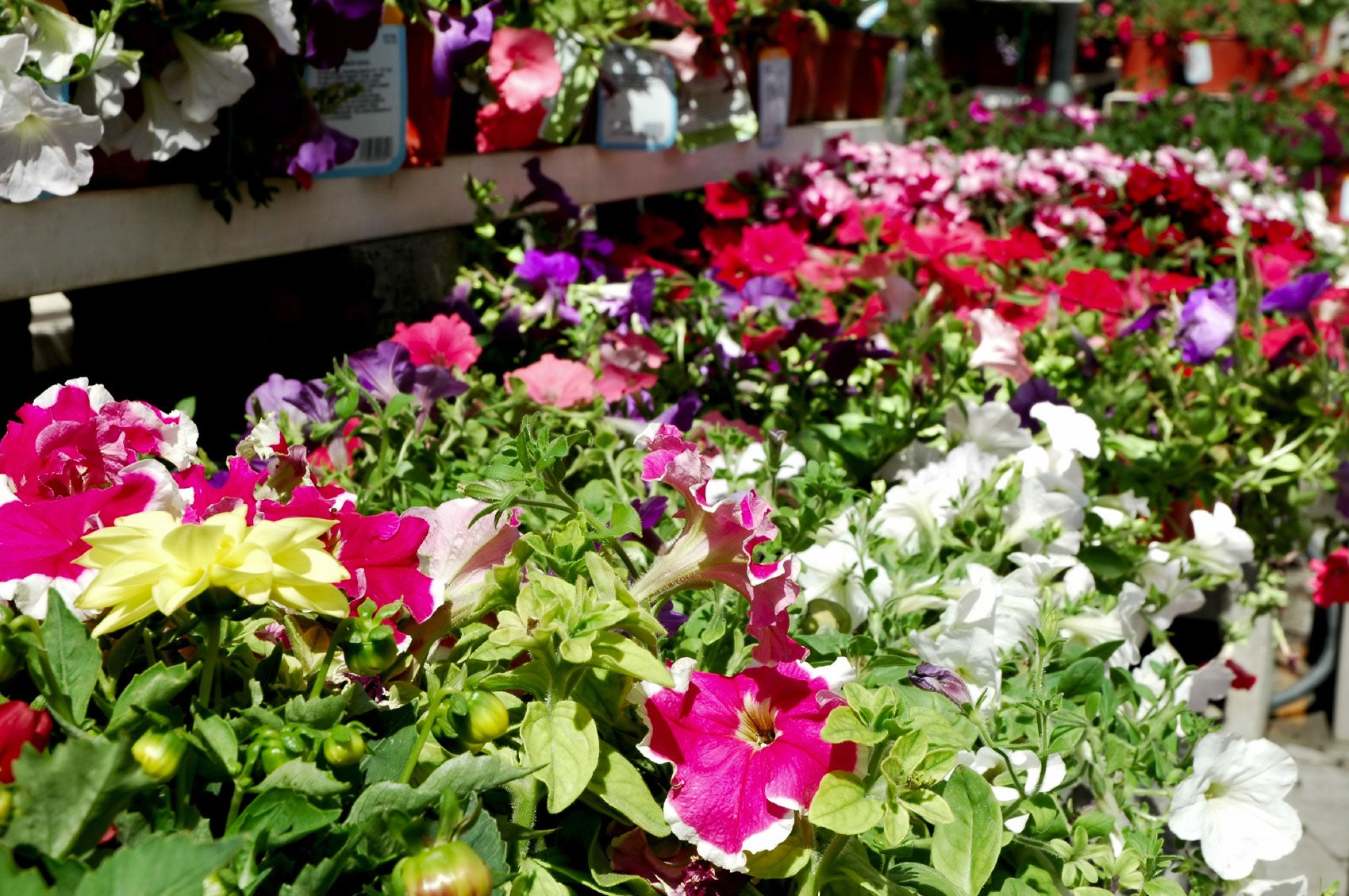Annual Plant Cycle: What Is An Annual Plant

Have you ever been at the nursery perusing the dizzying variety of annuals and perennials and pondering which ones might be best for which area of the garden? A good place to start is in understanding exactly what an annual is in reference to. Read on to learn more.
What is an Annual Plant?
The answer to “what is an annual plant?” is, generally speaking, a plant that dies within one growing season; in other words -- an annual plant cycle. The annual plant cycle is in reference to a once-a-year cycle of life. Annual garden plants germinate from seed, then blossom, and finally set seeds before dying back. Although they die back and must be replanted each year, they are generally showier than perennial plants with a long bloom period from spring to just before the first fall frost. The above is the simplest explanation as to what an annual plant is; however, the answer begins to get complicated with the following information. Some annual garden plants are referred to as hardy annuals or half-hardy annuals, while even some perennials may be grown as annuals. Confused? Let's see if we can sort it out. Hardy annuals - Hardy annuals fall into the general definition above but do not need to be started inside. Sowing of hardy annuals can take place directly in the garden soil since they are more tolerant of light frosts. A few examples of hardy annuals for the garden are:
Half-hardy annuals - Half-hardy annuals are started indoors four to eight weeks before the last frost. These annuals are not frost-hardy and cannot be planted until all danger of frost has passed. They fall into the same definition as other annuals as they germinate, grow, flower, and die all in a single year. Some half-hardy perennials are grown like annuals. These include:
Geraniums can be removed from the soil prior to the first frost and overwintered inside while dahlias and begonias are dug up and their root systems are stored in a cool, dry area until it's time to start them for next year's growing season. Other annual garden plants may be grown as perennials. Depending upon the climate in certain geographic regions, a plant may act as an annual or a perennial. For example, warmer areas of the United States, such as the South, cause some annual plants (like mums or pansies) or tender perennials (like snapdragons) to have a shorter growing season, as they prefer cooler temps. Likewise, cooler regions may extend the life of these plants, allowing them to flourish for more than one season, more like a perennial or a biennial.
List of Annual Plants
A complete list of annual plants would be fairly extensive and does depend on your USDA plant hardiness zone. Most traditional bedding plants available in your area are considered to be annuals. Most vegetables (or garden fruit like tomatoes) are grown as annuals. Other common annuals grown for their flowers or foliage include:
- Amaranth
- Annual larkspur
- Annual mallow
- Baby's breath
- Bachelor buttons
- Coleus
- Coreopsis
- Cosmos
- Dianthus
- Dusty miller
- Evening primrose
- Gazania
- Heliotrope
- Impatiens
- Johnny-jump-up
- Josephs' coat
- Lisianthus (Eustoma)
- Marigolds
- Morning glory
- Nasturtium
- Nicotiana
- Pansy
- Petunia
- Poppies
- Salvia
- Scabiosa
- Snapdragon
- Snow-on-the-mountain
- Spider flower (Cleome)
- Statice
- Sweet alyssum
- Vinca
- Zinnia
This is by no means even a partial list. The list goes on and on with more varietals available each year and no end to the fun to be had in the garden when planting annuals.
Gardening tips, videos, info and more delivered right to your inbox!
Sign up for the Gardening Know How newsletter today and receive a free copy of our e-book "How to Grow Delicious Tomatoes".

Amy Grant has been gardening for 30 years and writing for 15. A professional chef and caterer, Amy's area of expertise is culinary gardening.